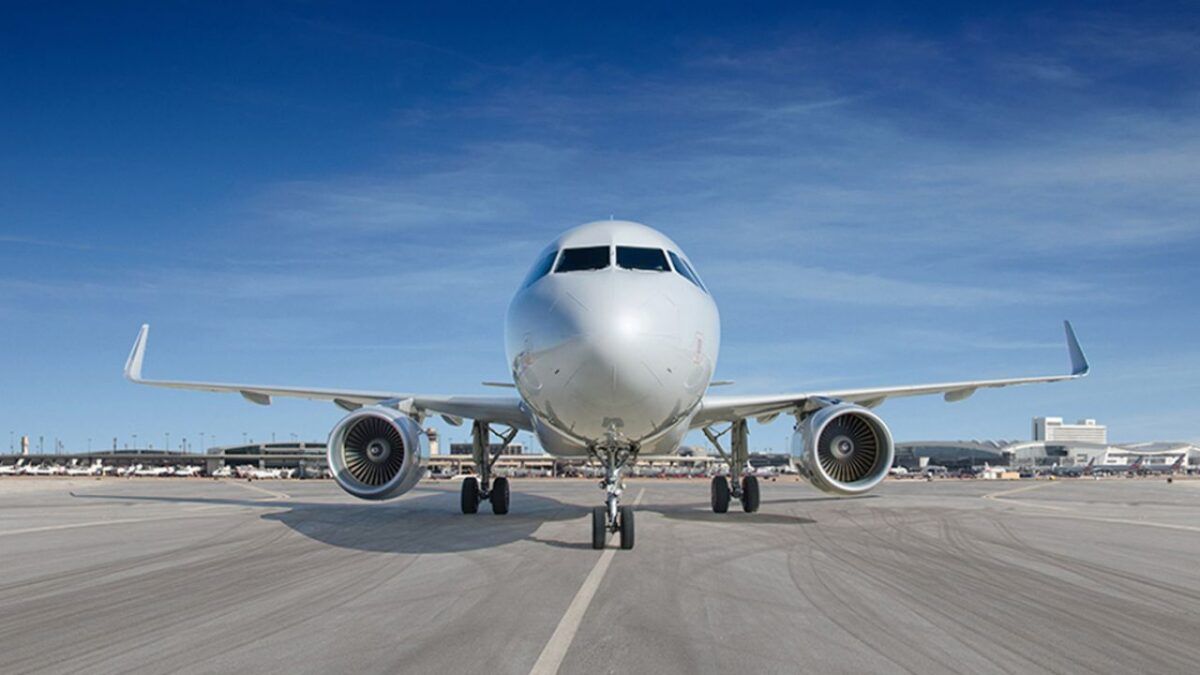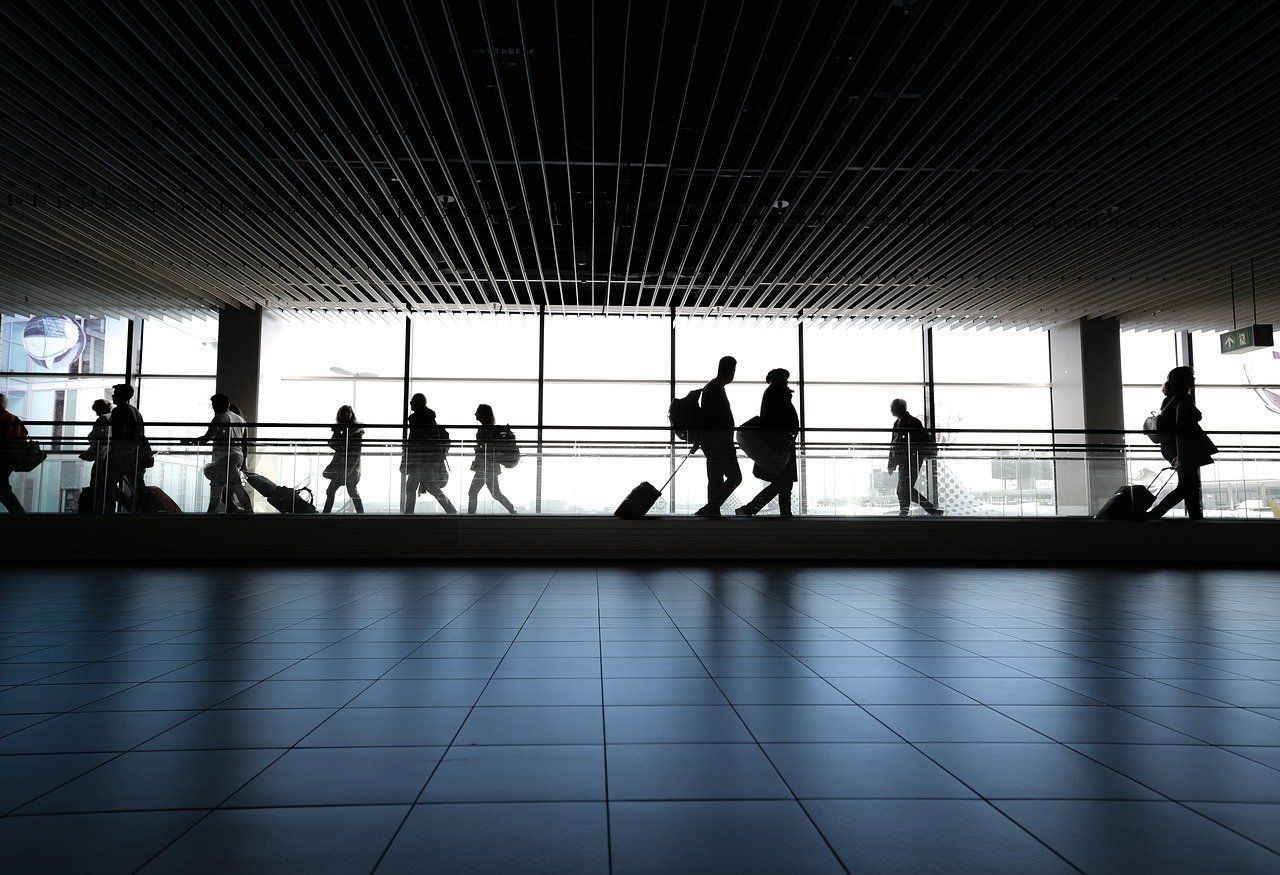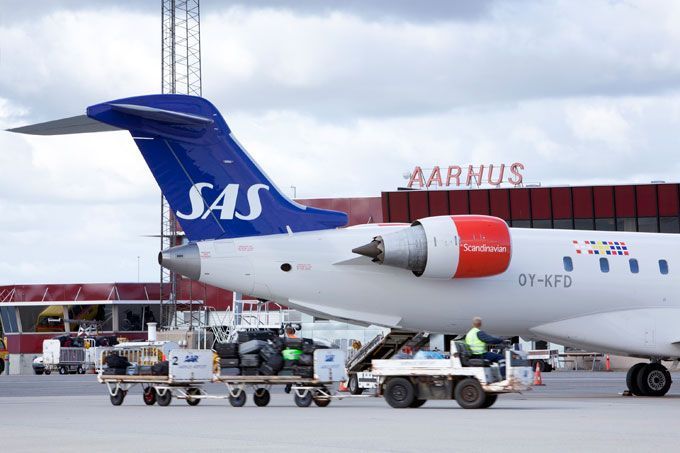The International Air Transport Association (IATA) has released optimistic forecasts for the airline industry, projecting a remarkable recovery and record revenues in the coming year. With passenger demand continuing its upward trajectory and air traffic expected to reach new heights, the industry is poised for a significant turnaround.
In October 2023, total traffic, measured in revenue passenger kilometers (RPKs), soared by 31.2% compared to October 2022. This surge brought global traffic to 98.2% of pre-COVID levels, signaling a robust recovery underway. Notably, domestic traffic outpaced its 2019 levels by 4.8%, thanks largely to significant growth in China.
The international sector also saw impressive gains, with a 29.7% increase in traffic compared to the previous year. All markets reported double-digit percentage growth, with international RPKs reaching 94.4% of the October 2019 benchmark. However, recovery in the Asia-Pacific region lagged slightly behind due to late COVID restrictions lifting and other factors.
Asia-Pacific airlines saw an 80.3% increase in October 2023 traffic compared to October 2022, continuing to lead the regions. Capacity climbed 72.5% and the load factor increased by 3.6 percentage points to 82.9%.
European carriers’ October 2023 traffic rose 16.1% versus October 2022. Capacity increased 14.5%, and load factor edged up 1.2 percentage points to 85.1%.
Middle Eastern airlines posted a 24.1% rise in October 2023 traffic compared to a year ago. Capacity rose 22.2% and load factor climbed 1.2 percentage points to 80.6%. There was little impact at the regional and global levels from the Israel-Hamas war, despite reduced airline operations to/from Israel.
North American carriers had a 17.5% traffic rise in October 2023 versus the 2022 period. Capacity also increased 17.5%, and load factor was stable at 83.9%.
Latin American airlines’ traffic rose 21.2% compared to the same month in 2022. October capacity climbed faster — up 22.3% — pushing load factor down 0.8 percentage points to 85.3%, highest among the regions.
African airlines saw a 25.3% traffic increase in October 2023 versus a year ago. October capacity was up 32.4% causing load factor to decline 4.0 percentage points to 70.3%, lowest among the regions.
In the U.S., domestic demand increased by 7.9%, but a 12.9% rise in capacity reduced the load factor. Brazil‘s domestic RPKs rose 8.9%, surpassing 2019 levels.
IATA Director General Willie Walsh said, “People assign a high value to the freedom to travel. The strong demand we’ve seen all year confirms that. And aviation is committed to ensuring that people can continue to enjoy this freedom. To do that in the long-term, we must also meet our commitment to achieve net zero carbon emissions by 2050. Last month, the Third Conference on Aviation Alternative Fuels (CAAF/3) agreed a global framework to promote Sustainable Aviation Fuel (SAF) production with the aim that aviation fuel in 2030 is 5% less carbon intensive than fossil fuel used today. Now, governments need to support that target by immediately putting in place policies to stimulate SAF production. It bears repeating: last year, every drop of SAF that was produced was purchased. The same thing will occur this year. But, with a few notable exceptions, governments are not living up to their obligations to ensure SAF is plentiful and affordable to support the industry’s energy transition,”.
Looking forward, IATA anticipates airline revenues to hit a record high of $964 billion in 2024, a 7.4% increase year-on-year. Air passenger traffic is expected to surpass pre-virus levels, reaching 4.7 billion people. However, net profitability is predicted to remain below the cost of capital in both 2023 and 2024. The industry’s operating profits are estimated to be $49.3 billion in 2024, with expenses expected to rise by 6.9% to $914 billion.
Cargo volumes, significantly boosted during the pandemic, are projected to stabilize at 58 and 61 million tons in 2023 and 2024, respectively. Walsh noted that the recovery’s speed has been extraordinary but also highlighted the pandemic’s impact, estimating a four-year growth setback for aviation.
As the industry navigates through these dynamic times, the outlook for 2024 indicates a return to more normalized growth patterns for both passenger and cargo sectors. This recovery trajectory showcases the resilience and adaptability of the airline industry in the face of unprecedented challenges.













